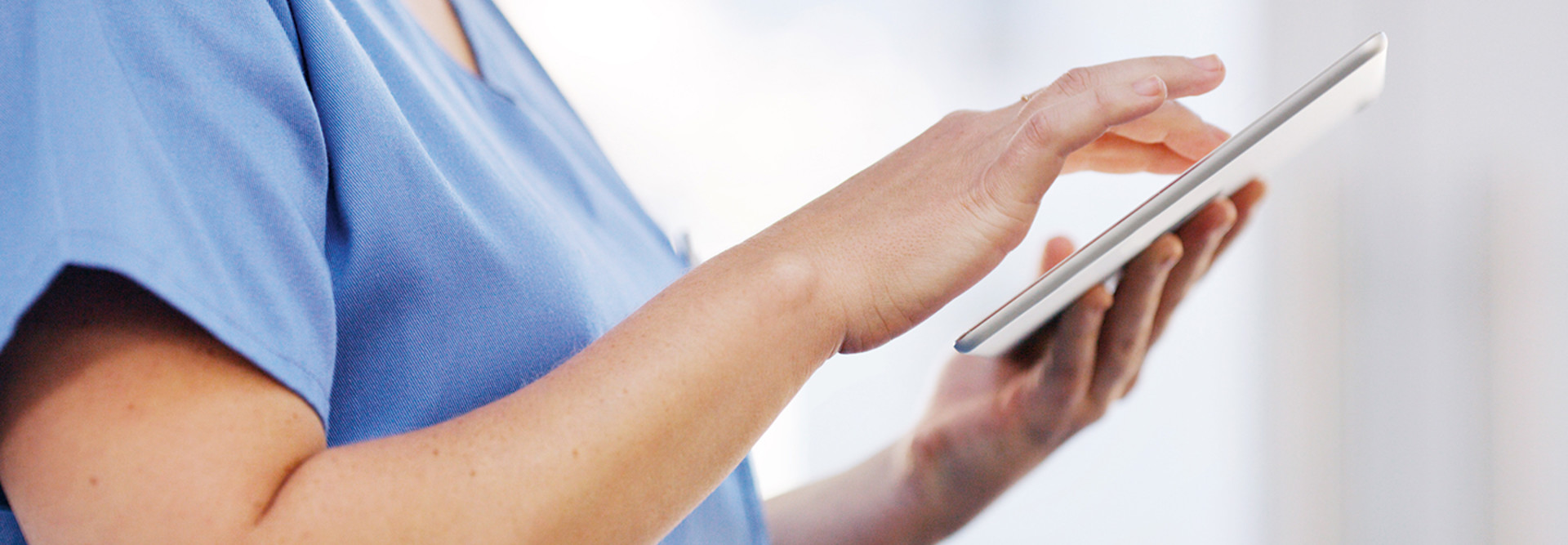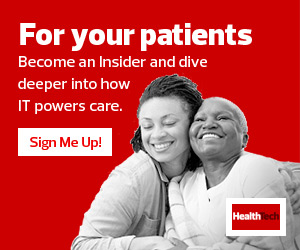The Evolution of Clinical Communication and Collaboration Tools
CC&C platforms were created to allow providers and clinicians to communicate securely in real time because text messaging is not a HIPAA-compliant form of communication. These tools provide a quick and efficient method for nurses, providers and auxiliary staff to reach a hospitalist when needed.
The next development was the consolidation of multiple modes of communication, including Voice over IP, onto one device with nurse call alarms and telemetry alerts. Additional functionality has been added to many CC&C platforms, including the development of electronic health record and bar code medication administration integration capabilities.
CC&C Capabilities Transforming Clinician Workflows
CC&C platforms benefit healthcare organizations by creating process improvements for clinician workflows and improving communication, which both lead to more timely care and quicker discharges, a major factor in ROI from the technology. Three specific functionalities make workflows more efficient:
- Role-based calling eliminates the need to scroll through a directory of names. Instead, a clinician can look at a patient’s information in the CC&C platform to find the associated care team, which can be searched via roles. This makes it faster for nurses or other clinicians to reach who they need without worrying about who’s working during a specific shift. App-linking, like role-based calling, eases the clinician’s cognitive burden by allowing a seamless switch between clinical apps without having to make multiple taps on a smartphone to get to the right app for a clinical workflow use case.
- Dynamic directory provides an escalation path to ensure that a clinician’s message receives a response. This feature relies on answering rules to automatically direct a call to a patient’s specific care provider. It takes scheduling and answering service hours into account and may alert the clinician when a particular person is available.
- Active response cuts down on noise due to overhead paging. This CC&C function allows for the building out of rapid-response groupings, such as a stroke response team. In emergency situations, the platform can send an alert directly to the members of this preset group, allowing them to activate quickly while eliminating extra noise from overhead alerts, which can be alarming to patients.
MORE FROM HEALTHTECH: Clinical communication tools help patients and clinicians.
Benefits of CC&C Tools for Healthcare During the Pandemic
Efficient communication has become especially critical during the pandemic. CC&C platforms allow healthcare organizations to set up special broadcast groups, such as a grouping that includes supply chain teams, enabling real-time communication that is faster than voicemail or text when more PPE is needed.
Some hospitals have even used CC&C capabilities to provide ways for patients and family to communicate when visitors aren’t allowed. For example, with mobile clinics, CC&C tools provide quick and secure communication between the mobile area and the main hospital location. The pandemic has driven innovation due to the need for real-time communication and flexibility in the space.
CC&C Implementation Best Practices
Some healthcare organizations want to deploy iPhone devices for their clinicians, but it’s important to first consider how the technology will be used and how to automate device management. Successful deployment of CC&C platforms requires discussion among IT and clinical staff.
A clinical mobility workshop can help a healthcare organization understand both its clinical and business needs to build a CC&C strategy that will work for both sides.
LEARN MORE: How can a clinical mobility workshop improve patient care?
It’s also important for a healthcare organization to ensure it has superusers who like technology and mobility to help other clinicians who may have challenges.
One way to measure the success of a technology deployment is to determine key performance indicators, such as the average discharge rate or response time, and monitor how that KPI changes over time. Seeing these improvements can provide motivation for further adoption or increased use of CC&C tools.
This article is part of HealthTech’s MonITor blog series. Please join the discussion on Twitter by using #WellnessIT.













